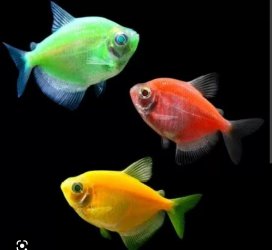About 6 months back I got a new 75 L tank and put 12 color widow tetras and 2 sucker cats.
1 suckercat and 1 tetra died in the first 1-2 months. Rest were looking healthy.
In last 1-2 months I have lost 4 tetras and 1 suckercat. Before dying, all the tetras showed the same symptoms - swimming upside down / on side / couldnt maintain proper swimming posture / flicking of tail to one side. Looks like swim bladder disease.
However, all 4 tetras that died got the disease one after the other, i.e. 2 fish never got the disease at the same time. So in the tank, only 1 fish would show the symptoms / disease at a time.
Water parameters:
Ammonia: 0.25
Nitrite: 0
Nitrate: about 25-50
Ph: 7
Giving pellets or flakes.
Temperature 26 C to 28 C. In the first few months the temperature used to be over 28C due to hot weather.
Last few months lot of algae has been coming on the substrate. The tank is near a large window so gets lot of light. Plants are all plastic, no real plants in the tank.
Can anybody suggest the solution?
Thanks
1 suckercat and 1 tetra died in the first 1-2 months. Rest were looking healthy.
In last 1-2 months I have lost 4 tetras and 1 suckercat. Before dying, all the tetras showed the same symptoms - swimming upside down / on side / couldnt maintain proper swimming posture / flicking of tail to one side. Looks like swim bladder disease.
However, all 4 tetras that died got the disease one after the other, i.e. 2 fish never got the disease at the same time. So in the tank, only 1 fish would show the symptoms / disease at a time.
Water parameters:
Ammonia: 0.25
Nitrite: 0
Nitrate: about 25-50
Ph: 7
Giving pellets or flakes.
Temperature 26 C to 28 C. In the first few months the temperature used to be over 28C due to hot weather.
Last few months lot of algae has been coming on the substrate. The tank is near a large window so gets lot of light. Plants are all plastic, no real plants in the tank.
Can anybody suggest the solution?
Thanks


